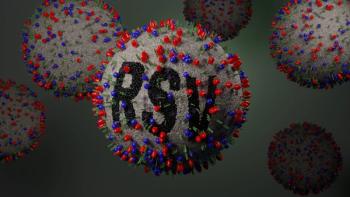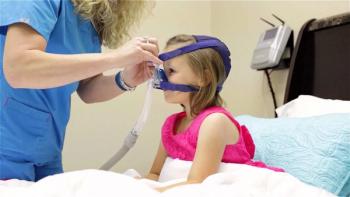
Pulse oximetry may fail to detect hypoxemia in Black kids more often than in White kids
Previous investigation has shown that common measurements and tools may not be as accurate in non-White patients as they are in White patients. A new investigation dives into whether pulse oximetry falls into this category.
Research in adults has shown that pulse oximetry fails to detect hypoxemia in Black patients more often than White patients. Because this measure is often utilized to manage acute illness in hospitalized children, it’s imperative to know whether a gap exists in detection rates in pediatric patients. An
Investigators ran a cross-sectional study at a care center in Ann Arbor, Michigan, and examined patients aged 17 years and younger who were admitted between January 2015 and December 2020 who had been identified as Black or White.They collected arterial blood gas data, respiratory support, vasoactive support, diagnosis information, patient race, age, and pulse oximetry. The pulse oximetry readings were compared to arterial oxygen saturation readings that were measured by arterial blood gas, when the measurement was taken within 10 minutes of the same respiratory support.
They looked at 9023 pairs of pulse oximetry and arterial oxygen saturation readings from 1061 patients, of which 878 were White and 183 were Black. The median time between the readings was 4 minutes. Overall average pulse oximeter bias was 3.5% (5.0%) among White patients and 4.3% (5.0%) among Black patients (P < .001). Occult hypoxemia frequency was 5.8% (95% CI, 4.6%-7.3%) among White patients and 9.6% (95% CI, 6.3%-14.5%) among Black patients. Following adjustment for a number of variables, the odds ratio for occult hypoxemia among pulse oximetry measurements was 2.16 (95% CI, 1.36-3.44) compared with White patients. Occult hypoxemia occurred in 134 of 860 White patients (15.6%; 95% CI, 13.3%-18.2%) and 38 of 180 Black patients (21.1%; 95% CI, 15.7%-27.7%).
The investigators concluded that Black children experienced occult hypoxemia more frequently than White children. In the pairs with pulse oximetry and arterial oxygen saturation readings, they found that the odds of a pulse oximetry failing to detect hypoxemia were more than twice as great when the pair came from a Black participant.
Reference
1. Andrist E, Nuppnau M, Barbaro R, Valley T, Sjoding M. Association of Race With Pulse Oximetry Accuracy in Hospitalized Children. JAMA Netw Open. 2022;5(3):e224584. doi:10.1001/jamanetworkopen.2022.4584
Newsletter
Access practical, evidence-based guidance to support better care for our youngest patients. Join our email list for the latest clinical updates.










